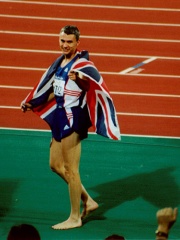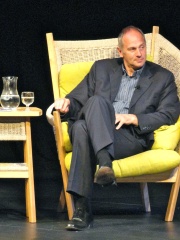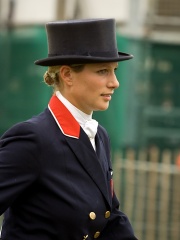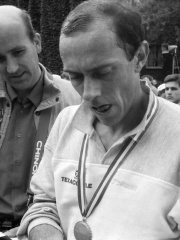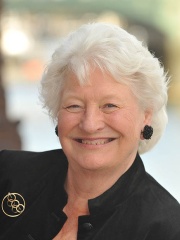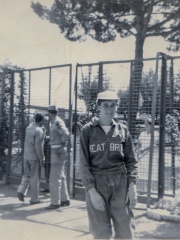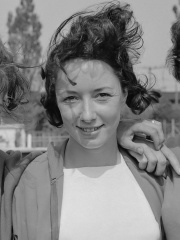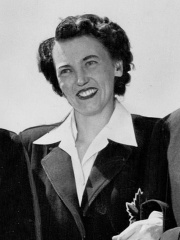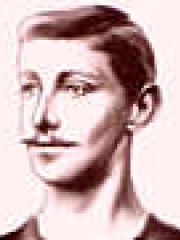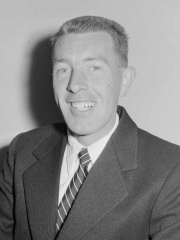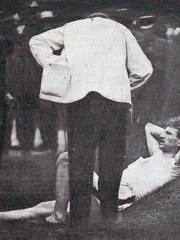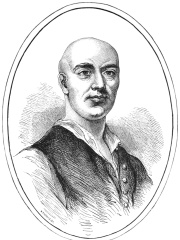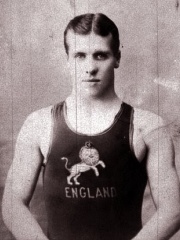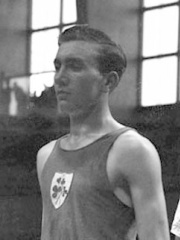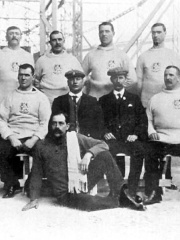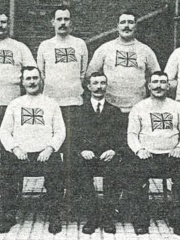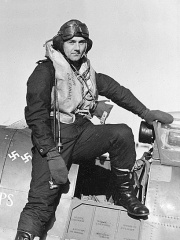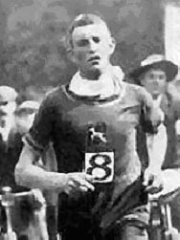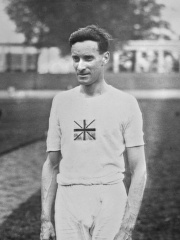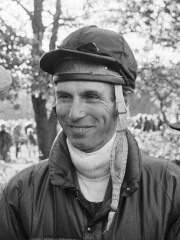
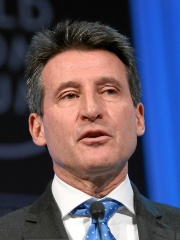
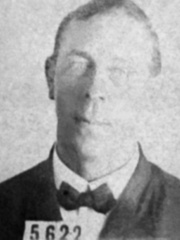
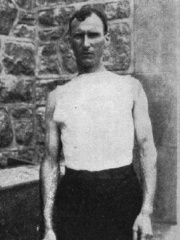
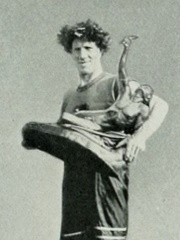

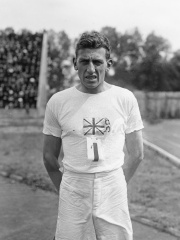

The Most Famous
ATHLETES from United Kingdom
This page contains a list of the greatest British Athletes. The pantheon dataset contains 6,025 Athletes, 200 of which were born in United Kingdom. This makes United Kingdom the birth place of the 4th most number of Athletes behind Germany, and Russia.
Top 10
The following people are considered by Pantheon to be the top 10 most legendary British Athletes of all time. This list of famous British Athletes is sorted by HPI (Historical Popularity Index), a metric that aggregates information on a biography’s online popularity. Visit the rankings page to view the entire list of British Athletes.

1. Mark Phillips (b. 1948)
With an HPI of 58.78, Mark Phillips is the most famous British Athlete. His biography has been translated into 29 different languages on wikipedia.
Mark Anthony Peter Phillips (born 22 September 1948) is an English Olympic gold medal-winning horseman for Great Britain and the first husband of Anne, Princess Royal, with whom he has two children. He remains a leading figure in British equestrian circles, a noted eventing course designer, and a columnist for Horse & Hound magazine.

2. Sebastian Coe (b. 1956)
With an HPI of 55.47, Sebastian Coe is the 2nd most famous British Athlete. His biography has been translated into 55 different languages.
Sebastian Newbold Coe, Baron Coe (born 29 September 1956), often referred to as Seb Coe, is a British politician and former track and field athlete. As a middle-distance runner, Coe won four Olympic medals, including 1500 metres gold medals at the Olympic Games in 1980 and 1984. He set nine outdoor and three indoor world records in middle-distance track events – including, in 1979, setting three world records in the space of 41 days – and the world record he set in the 800 metres in 1981 remained unbroken until 1997. Coe's rivalries with fellow Britons Steve Ovett and Steve Cram dominated middle-distance racing for much of the 1980s.Following Coe's retirement from athletics, he was a Conservative member of parliament from 1992 to 1997 for Falmouth and Camborne in Cornwall, and became a Life Peer on 16 May 2000. Coe headed the successful London 2012 Olympic bid for the 2012 Summer Olympics and became chairman of the London Organising Committee for the Olympic Games. In 2007, he was elected a vice-president of the International Association of Athletics Federations (IAAF), and re-elected for another four-year term in 2011. In August 2015, he was elected president of the IAAF.In 2012, Coe was appointed Pro-Chancellor of Loughborough University where he had been an undergraduate. Subsequently, in 2017, he was appointed as Chancellor. He is also a member of Loughborough University's governing body. He was one of 24 athletes inducted as inaugural members of the IAAF Hall of Fame. In November 2012, he was appointed chairman of the British Olympic Association. Coe was presented with the Lifetime Achievement award at the BBC Sports Personality of the Year in December 2012.At the 2024 Millrose Games, Coe was awarded The Armory's Presidents Award.

3. Robert Hichens (1882 - 1940)
With an HPI of 54.78, Robert Hichens is the 3rd most famous British Athlete. His biography has been translated into 19 different languages.
Robert Hichens (16 September 1882 – 23 September 1940) was a British sailor who was part of the deck crew on board the RMS Titanic when she sank on her maiden voyage on 15 April 1912. He was one of seven quartermasters on board the vessel and was at the ship's wheel when the Titanic struck the iceberg. He was in charge of Lifeboat #6, where he refused to return to rescue people from the water due to fear of the boat being sucked into the ocean with the huge suction created by Titanic, or swamped by other floating passengers. According to several accounts of those on the boat, including Margaret Brown, who argued with him throughout the early morning, Lifeboat 6 did not return to save other passengers from the waters. In 1906, he married Florence Mortimore in Devon, England; when he registered for duty aboard the Titanic, his listed address was in Southampton, where he lived with his wife and two children.

4. Thomas Hicks (1876 - 1952)
With an HPI of 53.97, Thomas Hicks is the 4th most famous British Athlete. His biography has been translated into 26 different languages.
Thomas John Hicks (January 11, 1876 – January 28, 1952) was an American track and field athlete. He won the marathon at the 1904 Summer Olympics.
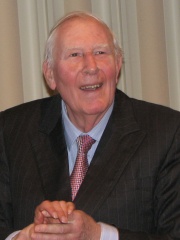
5. Roger Bannister (1929 - 2018)
With an HPI of 53.31, Roger Bannister is the 5th most famous British Athlete. His biography has been translated into 47 different languages.
Sir Roger Gilbert Bannister (23 March 1929 – 3 March 2018) was an English neurologist and middle-distance athlete who ran the first sub-4-minute mile. At the 1952 Olympics in Helsinki, Bannister set a British record in the 1500 metres and finished in fourth place. This achievement strengthened his resolve to become the first athlete to finish the mile run in under four minutes. He accomplished this feat on 6 May 1954 at Iffley Road track in Oxford, with Chris Chataway and Chris Brasher providing the pacing. When the announcer, Norris McWhirter, declared "The time was three...", the cheers of the crowd drowned out Bannister's exact time, which was 3 minutes and 59.4 seconds. He had attained this record with minimal training, while practising as a junior doctor. Bannister's record lasted just 46 days. Bannister went on to become a neurologist and Master of Pembroke College, Oxford, before retiring in 1993. As Master of Pembroke, he was on the governing body of Abingdon School from 1986 to 1993. When asked whether the 4-minute mile was his proudest achievement, he said he felt prouder of his contribution to academic medicine through research into the responses of the nervous system. Bannister was patron of the MSA Trust. He was diagnosed with Parkinson's disease in 2011.

6. Ken McArthur (1881 - 1960)
With an HPI of 53.21, Ken McArthur is the 6th most famous British Athlete. His biography has been translated into 24 different languages.
Kennedy Kane "Ken" McArthur (February 10, 1881 – June 13, 1960) is most noted as a track and field athlete and winner of the marathon at the 1912 Summer Olympics.

7. George S. Robertson (1872 - 1967)
With an HPI of 52.77, George S. Robertson is the 7th most famous British Athlete. His biography has been translated into 24 different languages.
Sir George Stuart Robertson (25 May 1872 in London, England – 29 January 1967 in London, England) was a British barrister, public servant, athlete, tennis player, and classical scholar. He competed at the 1896 Summer Olympics in Athens.

8. Harold Abrahams (1899 - 1978)
With an HPI of 52.27, Harold Abrahams is the 8th most famous British Athlete. His biography has been translated into 28 different languages.
Harold Maurice Abrahams (15 December 1899 – 14 January 1978) was an English track and field athlete. He was Olympic champion in 1924 in the 100 metres sprint, a feat depicted in the 1981 film Chariots of Fire.

9. Dorian Yates (b. 1962)
With an HPI of 52.03, Dorian Yates is the 9th most famous British Athlete. His biography has been translated into 19 different languages.
Dorian Andrew Mientjez Yates (born 19 April 1962) is an English retired professional bodybuilder. He won the Mr. Olympia title six consecutive times from 1992 to 1997 and has the fifth-highest number of Mr. Olympia wins in history, ranking behind Ronnie Coleman (8), Lee Haney (8), Arnold Schwarzenegger (7), and Phil Heath (7). He is widely considered to be one of the top pro bodybuilders in history, and was well known for his high intensity training, top-level conditioning, and his wide, thick back.
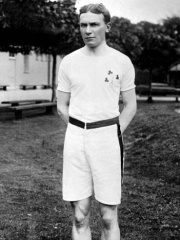
10. Robert Kerr (1882 - 1963)
With an HPI of 51.37, Robert Kerr is the 10th most famous British Athlete. His biography has been translated into 22 different languages.
Robert Kerr (June 9, 1882 – May 12, 1963) was an Irish Canadian sprinter. He won the gold medal in the 200 metres and the bronze medal in the 100 metres at the 1908 Summer Olympics.
People
Pantheon has 288 people classified as British athletes born between 1703 and 2002. Of these 288, 198 (68.75%) of them are still alive today. The most famous living British athletes include Mark Phillips, Sebastian Coe, and Dorian Yates. The most famous deceased British athletes include Robert Hichens, Thomas Hicks, and Roger Bannister. As of April 2024, 86 new British athletes have been added to Pantheon including Jack Broughton, Eddie Owen, and Phyllis Johnson.
Living British Athletes
Go to all RankingsMark Phillips
1948 - Present
HPI: 58.78
Sebastian Coe
1956 - Present
HPI: 55.47
Dorian Yates
1962 - Present
HPI: 52.03
Jonathan Edwards
1966 - Present
HPI: 51.33
Steve Redgrave
1962 - Present
HPI: 47.31
Zara Tindall
1981 - Present
HPI: 46.61
Steve Ovett
1955 - Present
HPI: 44.28
Sheila Lerwill
1928 - Present
HPI: 43.59
Mary Peters
1939 - Present
HPI: 43.46
Dorothy Shirley
1939 - Present
HPI: 43.46
Ann Packer
1942 - Present
HPI: 43.26
Peter Wright
1970 - Present
HPI: 43.05
Deceased British Athletes
Go to all RankingsRobert Hichens
1882 - 1940
HPI: 54.78
Thomas Hicks
1876 - 1952
HPI: 53.97
Roger Bannister
1929 - 2018
HPI: 53.31
Ken McArthur
1881 - 1960
HPI: 53.21
George S. Robertson
1872 - 1967
HPI: 52.77
Harold Abrahams
1899 - 1978
HPI: 52.27
Robert Kerr
1882 - 1963
HPI: 51.37
Nancy Mackay
1922 - 2016
HPI: 50.65
Alfred Tysoe
1874 - 1901
HPI: 50.25
Norman Read
1931 - 1994
HPI: 50.16
Sidney Robinson
1876 - 1959
HPI: 49.84
Jack Broughton
1703 - 1789
HPI: 49.55
Newly Added British Athletes (2024)
Go to all RankingsJack Broughton
1703 - 1789
HPI: 49.55
Eddie Owen
1886 - 1949
HPI: 48.99
Phyllis Johnson
1886 - 1967
HPI: 47.08
William Henry Dean
1887 - 1949
HPI: 45.56
John McNally
1932 - 2022
HPI: 44.54
John James Shepherd
1884 - 1954
HPI: 44.48
Walter Chaffe
1870 - 1918
HPI: 44.33
Don Finlay
1909 - 1970
HPI: 44.13
Charles Hefferon
1878 - 1931
HPI: 43.81
James Wilson
1891 - 1973
HPI: 43.73
John Fenning
1885 - 1955
HPI: 43.67
Peter Wright
1970 - Present
HPI: 43.05
Overlapping Lives
Which Athletes were alive at the same time? This visualization shows the lifespans of the 25 most globally memorable Athletes since 1700.

